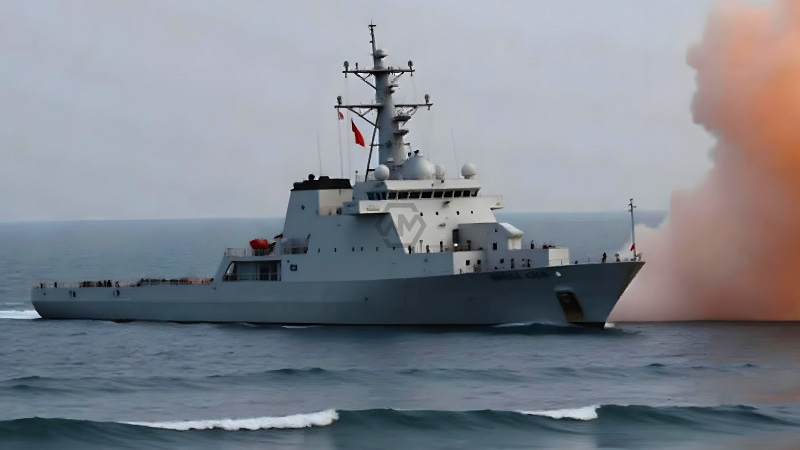- Chinese forces harassed Philippine vessels near Sandy Cay in the South China Sea, forcing the cancellation of a scientific survey.
- The incident underscores China’s assertiveness in disputed territories and regional pushback by the Philippines and the U.S.
- U.S. reaffirmed its commitment to the Philippines under the Mutual Defense Treaty amid escalating tensions in the region.
The South China Sea dispute has intensified following allegations by the Philippine coast guard that Chinese naval forces harassed its vessels near Sandy Cay.
The U.S., reaffirming its defense commitments to the Philippines, has condemned China’s actions as destabilizing and inconsistent with international law.
South China Sea Conflict: A Brewing Storm Over Disputed Territories
China’s territorial ambitions in the South China Sea have once again stirred conflict, with the Philippines accusing its navy and coast guard of harassing fisheries vessels near the contested Sandy Cay. This incident took place in the Spratlys, a hotspot of tension due to overlapping claims from several nations. Videos released by the Philippine coast guard show Chinese ships and a military helicopter intruding aggressively, forcing Filipino vessels to retreat.
The Philippines’ response signals its growing reliance on alliances, particularly its decades-old partnership with the U.S. The Mutual Defense Treaty, reaffirmed during recent diplomatic talks, serves as a critical buffer against China’s escalating actions. Despite China’s warnings to the U.S. to stay out of the dispute, Washington’s involvement underscores its strategic interest in maintaining freedom of navigation in the region.
These developments reflect a broader pattern of Beijing’s assertiveness in claiming contested territories. Sandy Cay, situated close to both Chinese and Philippine-occupied areas, has become a symbol of China’s military expansionism. Despite agreements to avoid militarization, China continues to deploy vessels and aircraft, increasing tensions with smaller claimant states.
The situation also affects global trade, as the South China Sea is a vital shipping corridor. With trillions of dollars of trade passing through annually, instability in the region threatens economic security far beyond Asia. Resolving the conflict will require a combination of legal, diplomatic, and multilateral efforts to ensure compliance with international law.
The South China Sea conflict highlights the fragility of regional peace and the challenges of balancing international law with power dynamics. Collaborative efforts are essential to prevent further escalation and safeguard economic stability.
“Stability in the South China Sea is essential to global trade and peace, but it cannot come at the cost of ignoring international law.”



